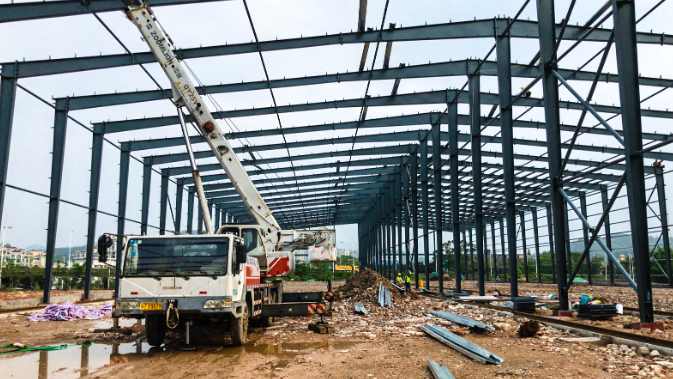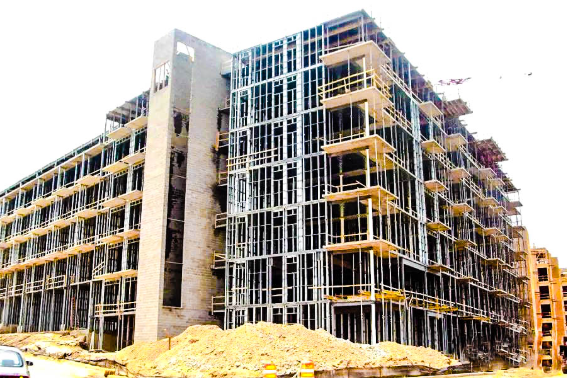Cost Control in Steel Structure Building Design

With China's annual steel production continuously increasing and steel varieties becoming more diverse, new building materials such as lightweight insulation panels, color-coated profiled steel sheets, and composite decking have been developed and widely adopted. This expanded material selection in steel structure design offers greater flexibility but also impacts project costs—direct expenses and total budgets vary significantly depending on material choices. Therefore, rational material selection, cost optimization, and quantity control during the design phase are critical for effective cost management.
1. Composite Decking in Multi-Story and High-Rise Steel Structures
For floor and roof systems, decking can be designed in two forms based on structural requirements:
Permanent Formwork Only: Standard galvanized profiled steel sheets are used, requiring minimal zinc coating and fire resistance. This option is cost-effective.
Composite Decking: Acts as both formwork during construction and tensile reinforcement in the final structure. Since it must match the lifespan of the main steel framework, higher zinc coating levels and fire resistance ratings are required, leading to a higher cost per unit area.
2. Steel Specifications and Material Selection
The variety of steel products allows diverse structural solutions. For example:
Columns: Options include hot-rolled H-beams, welded H-beams, spiral-welded steel tubes, welded square tubes, or composite sections.
Beams: Can utilize constant or variable cross-sections.
Material Grades: Q235 carbon steel or Q345 low-alloy steel.

Cost-Saving Strategies:
High-Strength Materials: Using Q345 steel instead of Q235 can reduce steel consumption by 15–25%, particularly in tensile or bending members.
Efficient Cross-Sections: Hot-rolled H-beams or T-beams often optimize material usage. While hot-rolled sections may slightly increase steel volume compared to welded alternatives, their lower fabrication costs and faster construction timelines often result in overall cost advantages.
By prioritizing material efficiency, leveraging high-strength alloys, and selecting economical profiles, designers can significantly reduce construction expenses while maintaining structural integrity and compliance with national standards.



